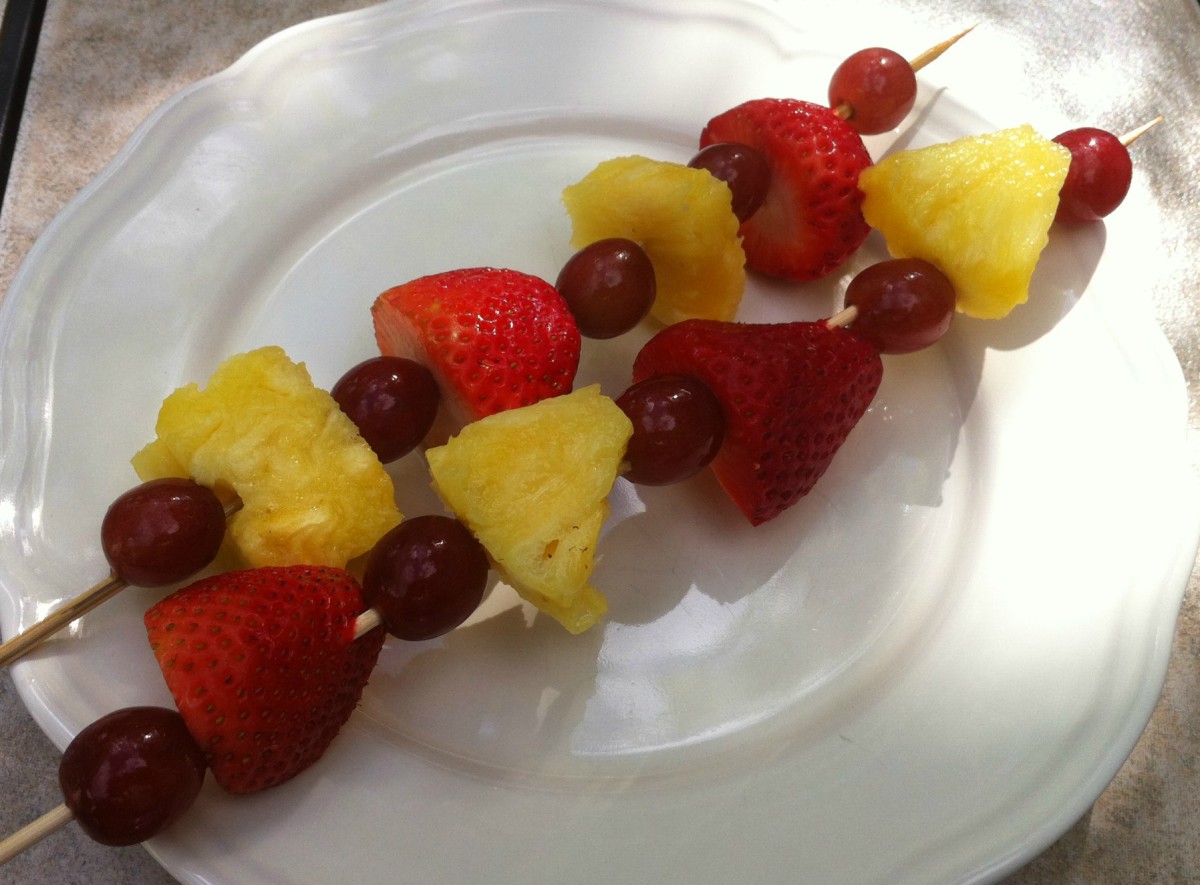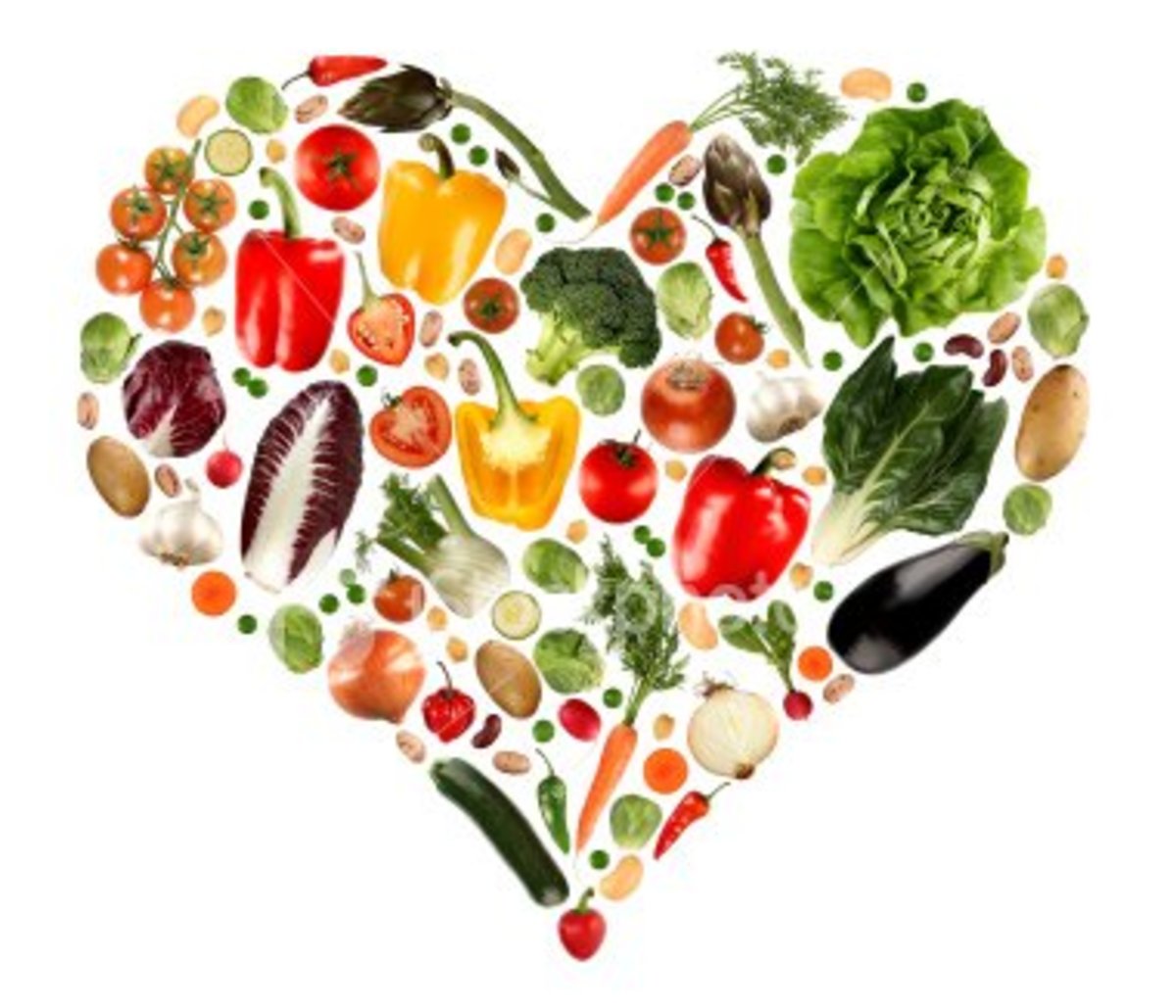Learning How to Eat: Ways We Discourage Healthy Eating Habits

Learning How to Eat: Ways We Discourage Healthy Eating Habits
I have 4 daughters ranging in age from 13-26. One of these daughters has an eating disorder. After struggling to understand how this could happen I began to ponder what I might have done as a mother to help her avoid this debilitating health problem. I was fortunate that my first child would readily choose green pepper strips, cucumbers and yogurt, over a cookie on most days. My second child however, had an obsession with bread and my third and fourth children have their mother’s sweet tooth. As I mentioned in my first article, “A Mother’s Apron Strings," most of the wisdom I have now and try to pass on to my children as they are becoming parents, is really hindsight wisdom. I was by no means a perfect parent after the first, second, third or fourth child. I don’t believe there is such a thing, simply because our knowledge as a society is continually growing and many things we once thought correct and logical have now been shown to be wrong and even harmful in some cases. So, technically, lots of experience doesn't make us a perfect parent either. There’s a lifetime-long learning curve...and as it should be. After all, no two children are exactly the same.
We learn so much the first few years of our lives, that lay the foundation for how we live, interact, and view the world. Eating is no exception. From the womb, we get our first taste of the myriad of flavors that reflect our culture’s eating habits. As a nursing child and with tastebuds still covering most of our mouth, we get an even stronger taste of that culture and more specifically our family’s tastes in food. It’s a gradual process and as a child reaches toddlerhood they start to develop their own likes and dislikes concerning food.
From the first bite of solid food, a child should be taught to see food as nutritional, something that he or she needs to grow and be healthy. Eating should only be experienced as a teaching tool for what consists of a healthy and unhealthy diet. Unfortunately, parents, grandparents, food companies, and friends, can send different messages to the developing brains of our kids. Colorful advertisements for sugary, processed foods are constantly flashed in their faces, not to encourage healthy eating, but to sell their product. The candy racks at the grocery store are strategically placed, in order to tempt children with sweet treats, while the parents are forced to wait in line at the check out. While these are rather obvious scenarios, there are several ways in which we use food, that teach our children some very potentially dangerous habits.
Attaching Sweets To Desired Behaviors
How many times have you heard a parent say, “ If you don’t behave, you won’t get dessert.” ? What about the sucker or piece of candy given by the nurse or dentist, after an uncomfortable or painful procedure? What are these scenarios teaching our children? These small gestures teach them, that when we are down, depressed, or in a bad mood, we should eat in order to feel better. This is how stress eating begins. It’s a learned behavior. Do you see how this gets us away from the goal of creating a child that makes healthy food choices? We use sweets to reward and to punish our children’s behavior. Not only does this send mixed signals, it attaches food to happiness. It sets up a whole string of bad habits that most likely will be carried into adulthood, if we aren’t careful and change how we handle them.
To Eat or Not To Eat…
Children, no matter what age, are pretty stubborn. I personally believe this is a built in protective mechanism as they age into each stage of life. Regardless, how do you make the distinction between defiance and true lack of hunger in a child at meal time? This can easily be deciphered if we are attentive to our children’s eating schedules, have knowledge about the nutritional value of different foods, and how our body uses those foods to curb or facilitate hunger. We can also monitor their food and drink intake close to meal times. If a child is fed a sugary or high calorie snack an hour or so before a meal, they’re not going to be that hungry when it’s time to eat the next formal meal. They’re also going to find it hard to sit still and stay at the table with all that energy. Snacks should be healthy and small. During growth spurts they should be given more often and at other times, one or two times a day will often suffice. This is where our attentiveness comes in. Check out this amazing snack planner. It’s also printable and gives your child something to pick from. You can also find a great little printable food pyramid chart, here. I laminated and used this chart at snack time to help my children build a snack themselves. They then placed something from each group on the appropriate block of the pyramid. If a child is eating healthy snacks throughout the day and seems disinterested in meals, then don’t force it. They will eat when hungry! As mothers we hate putting them to bed without having eaten, but they aren’t going to starve to death if they miss a meal every now and then. Let them tell you when they're hungry.
I had 3 rules at the family table.
- You had to try one bite of something new. If you didn’t like it you could spit it out in your napkin or feed it to the dog.
- I always tried to have at least one or two healthy items I knew they liked, at each meal. I also tried to serve something from all the food groups at each meal.
- You won’t be made to eat anything, but healthy food comes first on the pyramid and sweets are at the bottom so in order to be healthy we must first eat a few things from the top and middle. (having some of everything at a meal gives them options to do this). Helping your child to regularly identify where the food he or she eats, is located on the pyramid, will help enforce making healthy food choices as well.
I have never been a huge fan of playing short order cook, by fixing a different meal for everyone at the table. My home is not a restaurant. Our children were expected to pick from what was served. This also discourages picky eating habits as well. Our children were also expected to wait and eat when we all sat down for a meal and not before. I tried to make eating a pleasant experience. They weren’t allowed to get up and down during a meal and graze. Doing this makes eating out very unpleasant and frankly, it’s just bad manners in general. Children learn how to eat, what is acceptable to eat and why we eat, from us. Paying attention to our own eating habits will go a long way in raising healthy children who become healthy adults.
Below are a few links to help you know and understand your child’s food needs at different stages.
How Much Does My Child Need To Eat?
Finding Your Balance Between Food and Fun
Food Pyramid Interactive Poster
This content is accurate and true to the best of the author’s knowledge and is not meant to substitute for formal and individualized advice from a qualified professional.
© 2020 kerriejrichardson










